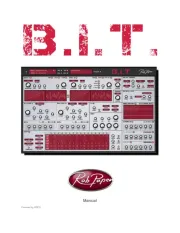MeldaProduction MAutoAlign Manual
Læs gratis den danske manual til MeldaProduction MAutoAlign (41 sider) i kategorien Audio Software. Denne vejledning er vurderet som hjælpsom af 51 personer og har en gennemsnitlig bedømmelse på 4.8 stjerner ud af 26 anmeldelser.
Har du et spørgsmål om MeldaProduction MAutoAlign, eller vil du spørge andre brugere om produktet?

Produkt Specifikationer
| Mærke: | MeldaProduction |
| Kategori: | Audio Software |
| Model: | MAutoAlign |
Har du brug for hjælp?
Hvis du har brug for hjælp til MeldaProduction MAutoAlign stil et spørgsmål nedenfor, og andre brugere vil svare dig
Audio Software MeldaProduction Manualer


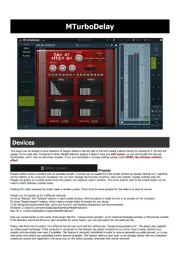
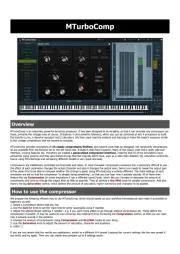
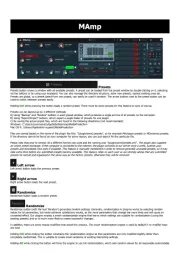
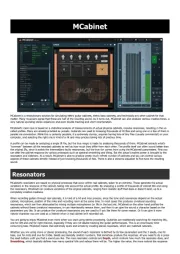
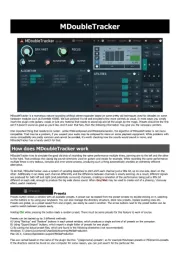
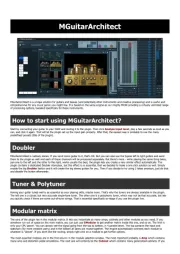


Audio Software Manualer
- Applied Acoustics Systems
- PSP Audioware
- Rave Generation
- MARTINIC
- Apogee
- Overloud
- Nomad
- Audified
- Modalics
- D16 Group
- IK Multimedia
- IZotope
- Native Instruments
- Psychic Modulation
- Minimal Audio
Nyeste Audio Software Manualer








